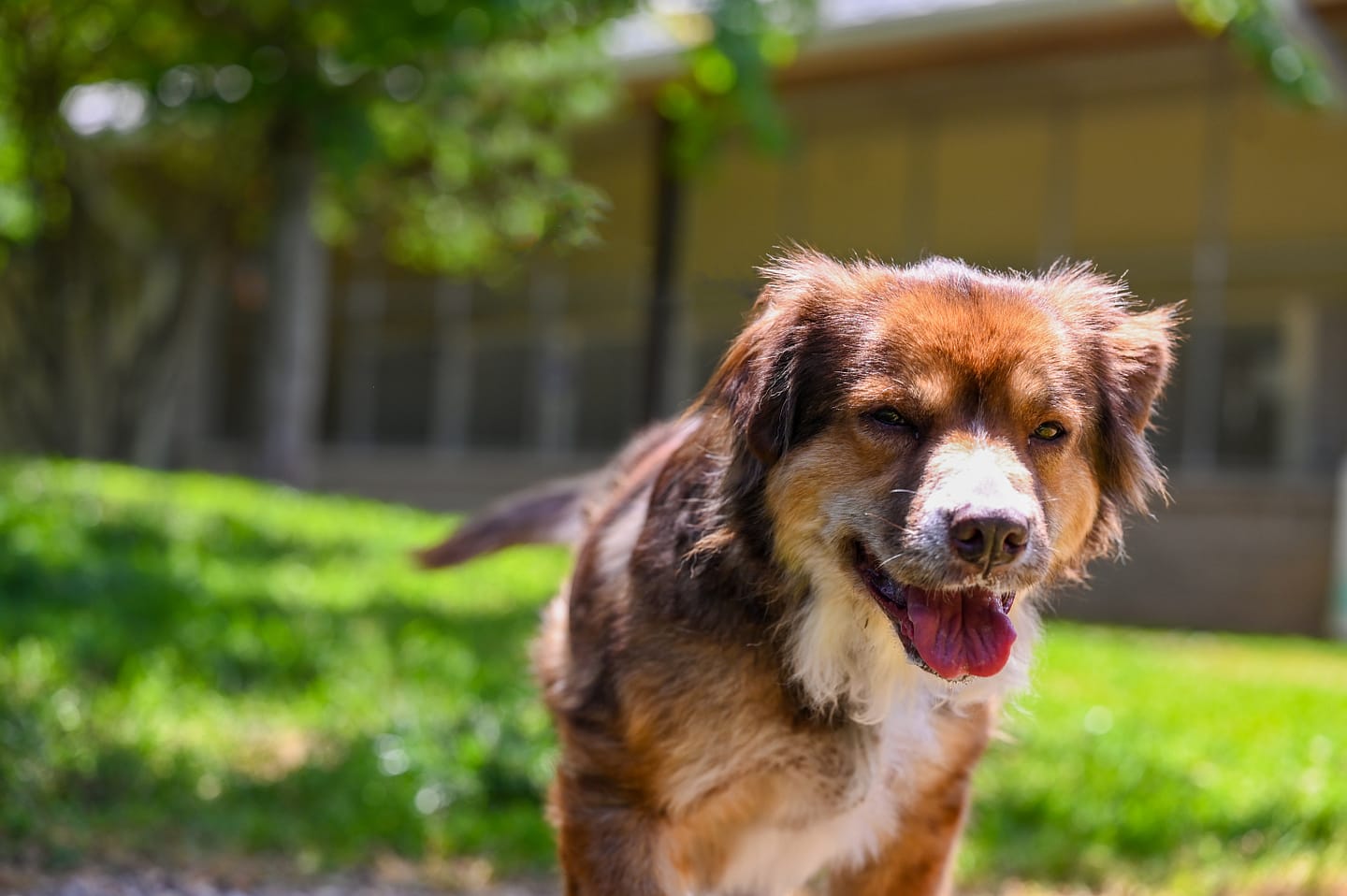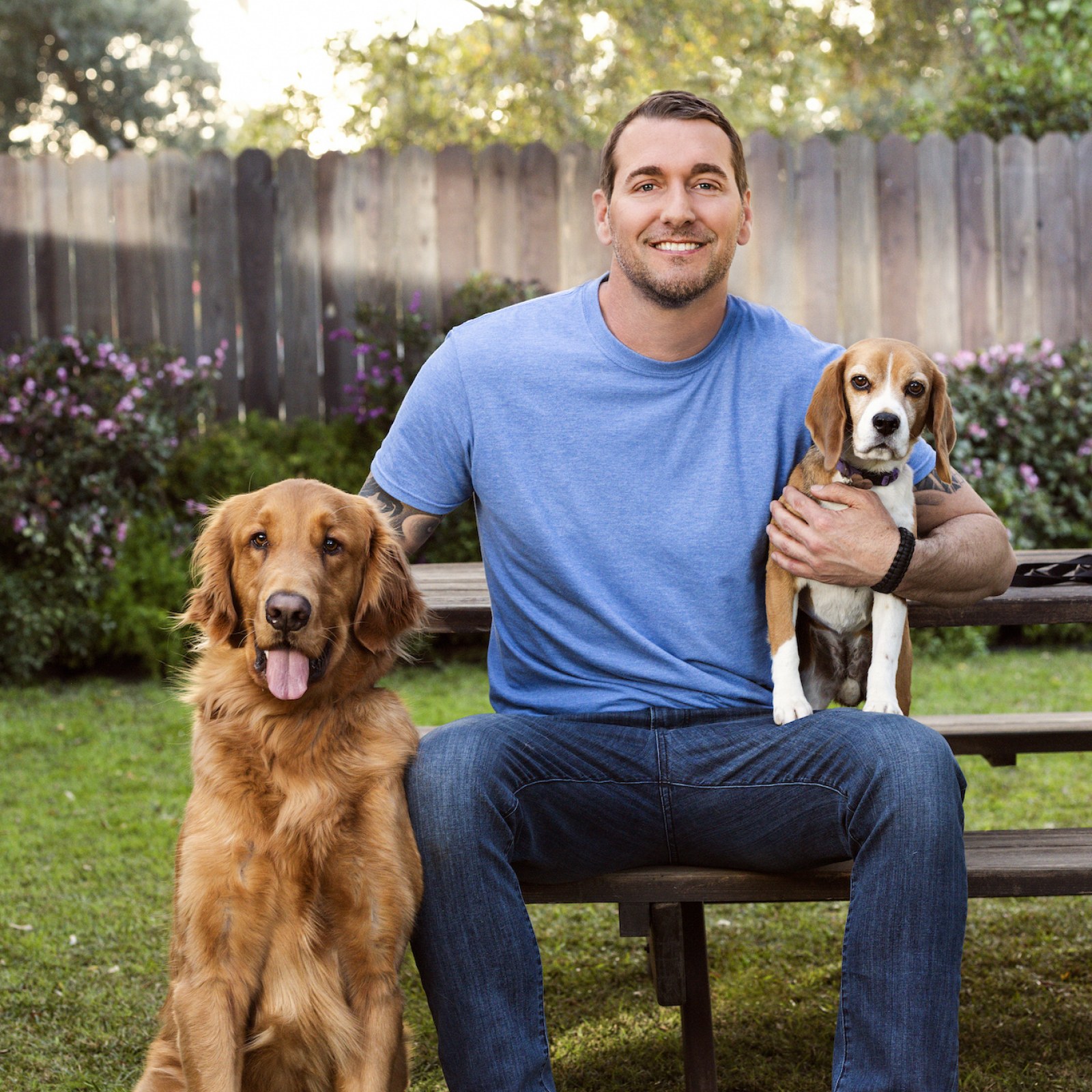Vital Techniques for Reliable Dog Training You Need to Know
Vital Techniques for Reliable Dog Training You Need to Know
Blog Article
Necessary Tips for Effective Dog Training: A Guide for Pet Owners
Efficient pet training is a complex process that calls for a strategic strategy customized to both the pet's personality and the proprietor's goals. Comprehending exactly how to navigate these obstacles can considerably enhance the training experience, inevitably changing the connection between proprietor and pet dog.
Comprehending Canine Actions
Comprehending canine habits is vital for effective training and cultivating an unified partnership between pooches and their proprietors. dog training. Canines communicate largely with body language, vocalizations, and activities, making it important for proprietors to analyze these signals precisely.

Socializing plays a substantial role in dog behavior; exposure to different settings, people, and other animals can considerably impact a pet's temperament. In addition, variables such as breed attributes and private temperament must direct training approaches, as some breeds might have certain behavior traits that demand customized techniques. By understanding these aspects, owners can create a supportive atmosphere that encourages positive habits, causing effective training end results and a much deeper bond with their pets.
Developing Constant Commands
Efficient interaction with your pet dog begins with developing regular commands. This foundational element of training is vital for promoting understanding between you and your pet. Consistency in the commands you utilize ensures that your dog can reliably associate certain words or phrases with the wanted actions.
When selecting commands, select clear, distinct words that are simple to separate and state from each other. Stay clear of using similar-sounding commands that may perplex your pet. For example, utilizing "sit" and "remain" is appropriate, however "sit" and "struck" can lead to misunderstandings.
Furthermore, preserve the same tone and quantity for every command. Pets are delicate to vocal signs, so varying your tone can develop complication.
It is similarly important to ensure that all relative get on the same page relating to the commands made use of. A united front in command usage will prevent combined signals and reinforce the learning process.
Favorable Reinforcement Techniques
The power of favorable reinforcement in canine training depends on its capability to motivate preferred behaviors via benefits and praise. This strategy is grounded in the concept that habits complied with by desirable outcomes are more probable to be duplicated. By incorporating positive support right into your training regimen, you can properly form your pet's behavior in a positive fashion.
To carry out favorable reinforcement, it's necessary to determine what inspires your dog, whether it be deals with, playthings, or spoken appreciation. When your pet dog does a preferred action, such as remaining on command, right away reward them with a treat or affection. This organization between the command and the favorable result enhances their understanding.
It's important to timing the incentives appropriately; supplying the support within seconds of you can try these out the wanted habits helps your pet make the connection (dog training). Furthermore, uniformity is essential-- make certain that all family participants utilize the exact same commands and reward systems to stay clear of confusion

Slowly, you can decrease the frequency of deals with as your pet dog learns the actions, transitioning to praise or intermittent incentives. This method not just promotes a solid bond between you and your pet yet likewise advertises a favorable learning environment, making educating an enjoyable experience for both.
Socialization and Interaction
Constantly revealing your pet dog to a variety of environments, people, and various other animals is crucial for their social advancement. Socialization must begin early, ideally during the important window of 3 to 14 weeks, when young puppies are most receptive to brand-new experiences. Older pet dogs can also benefit from continuous socialization initiatives.
Introduce your pet dog to different setups, such as parks, pet-friendly shops, and urban areas. This direct exposure aids them adjust to different stimuli, lowering anxiousness and anxiety actions. Motivate favorable communications with various other canines and individuals, ensuring that these encounters are controlled and secure to cultivate self-confidence.
Use structured playdates with courteous dogs, as this can enhance your canine's social abilities and teach them proper habits. Obedience classes and training sessions also provide excellent possibilities for socializing, permitting your dog to communicate with others in a monitored environment.
Monitor your pet's body movement during communications, as this will certainly assist you determine their convenience degree. Slowly increase exposure to even more difficult scenarios while making certain that each experience declares. A well-socialized pet dog is more probable to show well balanced habits, making them their website a delight to have in any type of setting.
Addressing Common Training Challenges
Every pet proprietor will come across training challenges eventually, despite their dog's age or socializing degree. Determining usual concerns such as stubbornness, diversions, and terror can aid in developing reliable methods for improvement.

Disturbances during training sessions can thwart focus. To battle this, start training in a silent atmosphere with minimal stimuli. Slowly introduce distractions as the pet dog becomes extra skilled in commands. Short, constant training sessions are likewise effective in maintaining attention.
Fearfulness can impede a pet's learning process. Steady desensitization to the source of fear, combined with favorable reinforcement, can aid relieve anxiety. Persistence is critical; never ever compel a canine into a scenario that triggers distress, as this might exacerbate the concern.
Inevitably, understanding and attending to these typical challenges with a structured approach will certainly foster a more productive training experience, reinforcing the bond between canine and owner while promoting effective knowing.
Verdict
In recap, successful pet training depends on a thorough understanding of canine habits, the facility of constant commands, and YOURURL.com the application of favorable reinforcement techniques. Socializing plays an important function in developing well-adjusted family pets, while addressing usual training difficulties requires persistence and adaptability. By implementing these essential methods, animal proprietors can foster a strong bond with their canines and promote desirable habits, inevitably bring about a harmonious connection between people and their canine companions.
Recognizing pet habits is crucial for effective training and cultivating an unified relationship in between pooches and their owners.Socialization plays a significant role in canine habits; direct exposure to numerous settings, people, and various other animals can dramatically impact a dog's temperament.The power of positive support in dog training lies in its ability to motivate wanted actions via incentives and appreciation. By integrating favorable support right into your training routine, you can properly form your dog's actions in a useful way.
In summary, effective pet training depends on a thorough understanding of canine actions, the facility of consistent commands, and the application of positive support methods.
Report this page